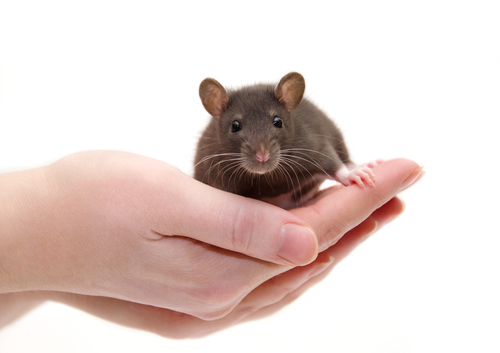Transplanting Precursor Cells in Brain May be Viable Therapeutic Strategy for CP, Mouse Study Suggests

Transplanting neural precursor cells (NPCs) — cells that can grow into any type of nerve cell — to damaged regions in the brain may be a viable therapeutic strategy for cerebral palsy, a mouse study suggests.
The study, “Exogenous Neural Precursor Cell Transplantation Results in Structural and Functional Recovery in a Hypoxic-Ischemic Hemiplegic Mouse Model,” was published in the journal eNeuro.
Cerebral palsy comprises a group of neurological disorders that affect posture, restrict movement, and are associated with developmental and cognitive deficits. These disorders are caused by brain lesions that occur during fetal development or infancy.
The lack of mature oligodendrocytes — the nerve cells responsible for producing myelin — in the brain is considered one of the hallmarks of cerebral palsy. Oligodendrocytes are responsible for producing myelin, the fatty substance that insulates nerve fibers to increase the speed at which information travels from nerve cell to nerve cell, or from nerve cells to a muscle.
Because they lack these cells, individuals with cerebral palsy tend to develop white matter lesions and to lose insulation of the nerve cells, resulting in neurological impairments. White matter refers to areas of the central nervous system made up of myelinated nerve segments that are responsible for transmitting nerve signals and connecting gray matter areas.
Researchers from the University Health Network in Toronto tested the therapeutic potential of transplanting NPCs to restore white matter lesions in a mouse model of neonatal hypoxia-ischemia (fetal death or severe disability caused by asphyxia during gestation) that mimics cerebral palsy.
“Regeneration therapies based on cell replacement are currently limited, but neural precursor cells (NPCs), as cellular support for myelination, represent a promising regeneration strategy to treat CP, although the transplantation parameters (e.g., timing, dosage, mechanism) remain to be determined,” the investigators said.
The team transplanted NPCs to the corpus callosum — a white matter region that is usually impaired in cerebral palsy patients — of affected mice, and examined the progression of their white matter lesions, as well as motor impairments through time.
Transplanted NPCs were successfully engrafted into the damaged corpus callosum, surviving up to 19 weeks after the procedure. Histological analysis confirmed that engrafted NPCs were able to give rise to different types of nerve cells, including oligodendrocytes. Magnetic resonance imaging revealed signs of white matter injury repair.
Lesion repair was confirmed by electrophysiology analysis, which showed the corpus callosum of animals with the disease recovered its normal conductance (the velocity at which nerve cells are able to send electric signals to each other) nine weeks after the transplant.
Interestingly, researchers also observed that transplanted NPCs seemed to attract oligodendrocytes from other parts of the brain to migrate and home to the corpus callosum to speed lesion recovery. In addition, motor tests showed evidence of motor function improvements in transplanted animals nine weeks after the procedure.
“Our work establishes that transplantation of NPCs represents a viable therapeutic strategy for CP treatment, and that the enhanced recovery is mediated by endogenous [produced by the animals themselves] oligodendrocytes. Future studies are needed to determine the origin of the recruited endogenous oligodendrocytes, as well as the potential trophic factors released by NPCs, and their cellular targets in order to further decipher the mechanisms underlying the recovery,” the scientists concluded.


